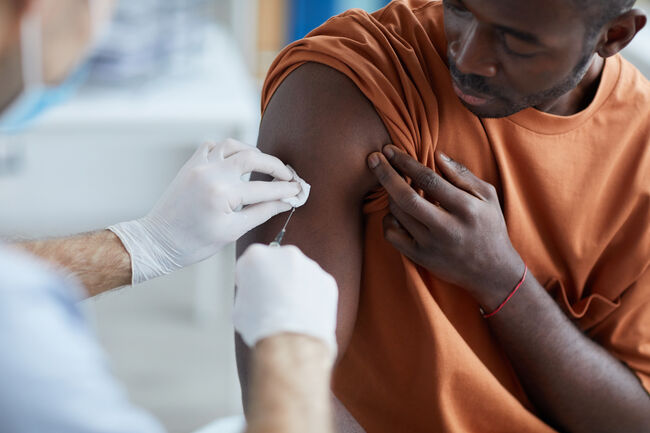As the Omicron variant of COVID-19 puts the world on high alert, some health experts worry poorly-vaccinated countries may face more challenges. A new report from The New York Times shows how many delivered vaccines have been used in most countries.
According to the data collected by NYT from Airfinity and Our World in Data, several African and Caribbean counties have a vaccination rate below 50%, including Kenya, Haiti, Nigeria, Zimbabwe, Mali, Liberia, and more. For comparison, the United States, China, India, Japan, Afghanistan, Germany, and Italy are among the countries with a vaccination rate of over 80%.
“Most wealthy countries have vaccinated significant shares of their populations and have rapidly moved into the booster-dose phase,” reporters noted. “But one year into the global vaccine rollout, the gap between vaccination rates in high- and low-income countries is wider than ever.” NYT also said that wealthier countries pre-ordered enough vaccines “to cover their populations several times over,” while other nations struggled to get doses.
Many of these low-vaccination countries have several reasons hindering them from inoculating their residents, including supply issues, vaccine hesitancy, infrastructure issues, government distrust, and more.
Not all of the nations have the same issues, however. Experts say some countries much demand and have plenty of doses to hand out, but they’re having trouble distributing them.
“[The] struggle to deliver those doses to the population because of constraints on transportation, cold chain storage,” and other logistical problems, according to Bill Moss, the director of the International Vaccine Access Center at Johns Hopkins University.
Despite these issues, wealthier countries, including the United States, are donating millions of shots to lower-income countries, according to UNICEF. Experts say this can help curb the rapid evolution of the novel coronavirus, which produces new variants and new cases worldwide.
“We are entering a third calendar year of Covid-driven cycles of lockdowns and reopenings, sparked largely by regular and predictable emergences of new variants,” Benjamin Schreiber, the deputy chief of UNICEF’s global immunization program, told reporters. “The longer the virus continues to spread unchecked, the higher the risk of more deadly or contagious variants emerging. Vaccine equity is not charity; it is an epidemiological necessity.”
For more details about worldwide vaccine usage, click here to check out NYT’s report.


